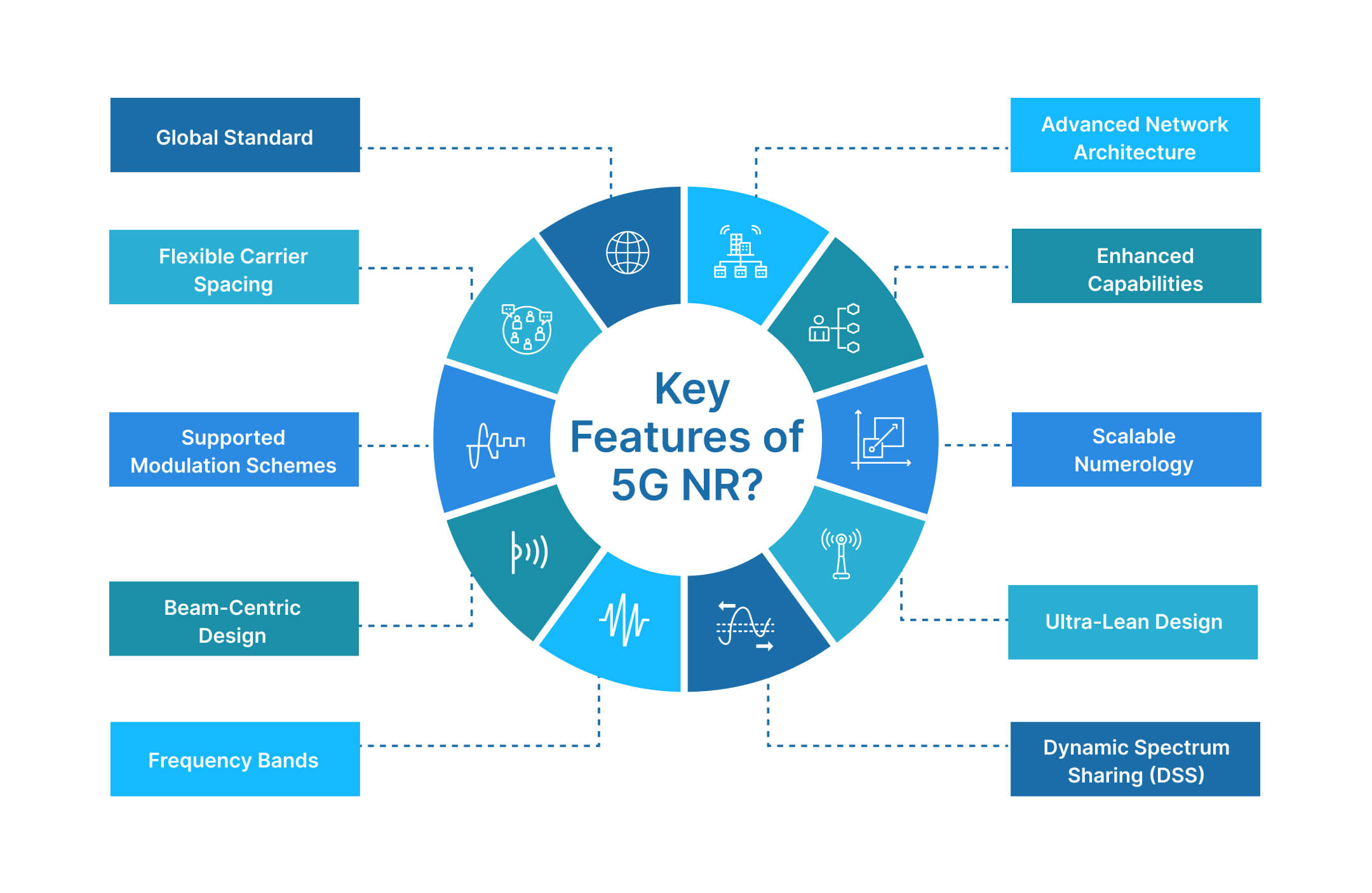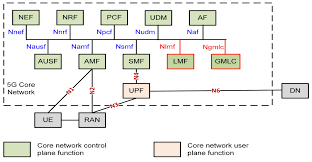What Is a 5G NR Cell? Everything You Need to Know
telcomatraining.com – The introduction of 5G technology has revolutionized mobile communications, offering faster speeds, lower latency, and improved connectivity. A fundamental component of this advanced network is the 5G NR (New Radio) cell. But what exactly is a 5G NR cell, and why is it crucial for modern telecommunications? In this article, we will explore the concept, functionality, and benefits of 5G NR cells.
Understanding 5G NR Cells
A 5G NR cell refers to a basic unit of 5G cellular networks that enables wireless communication between mobile devices and network infrastructure. It operates under the 5G New Radio (NR) standard, which is designed to optimize performance across different frequency bands, including low, mid, and high bands (mmWave).
Each 5G NR cell consists of the following key components:
- gNodeB (gNB): The base station responsible for transmitting and receiving 5G signals.
- Antenna Systems: Advanced MIMO (Multiple Input Multiple Output) antennas enhance coverage and capacity.
- Backhaul Connectivity: Links the gNB to the core network for data transmission.
Types of 5G NR Cells
5G NR cells are classified into different types based on their coverage and function within the network. These include:
1. Macro Cells
- Provide broad coverage across large geographic areas.
- Utilize high-power base stations to support thousands of users.
- Operate mainly in low and mid-frequency bands to ensure extensive reach.
2. Small Cells
- Include micro, pico, and femtocells that improve capacity and speed in dense urban areas.
- Typically operate in mid-to-high frequency bands to handle high data traffic.
- Enhance indoor and outdoor connectivity in congested regions.
3. mmWave Cells
- Utilize high-frequency bands (above 24 GHz) for ultra-fast speeds and minimal latency.
- Have a shorter range, requiring dense deployment in urban environments.
- Ideal for applications such as AR/VR, autonomous vehicles, and smart cities.
Key Features of 5G NR Cells
The 5G NR standard introduces several advanced features that set it apart from previous generations of mobile networks:
1. Massive MIMO
- Utilizes multiple antennas to increase capacity and efficiency.
- Improves signal quality and reduces interference.
2. Beamforming
- Directs radio signals towards specific users, enhancing signal strength and coverage.
- Optimizes spectrum utilization for better performance.
3. Network Slicing
- Creates virtual network partitions to support different use cases.
- Enables customized connectivity for IoT, industrial applications, and enhanced mobile broadband.
4. Dynamic Spectrum Sharing (DSS)
- Allows 5G and 4G to coexist on the same frequency bands.
- Facilitates a smooth transition from LTE to 5G without major infrastructure changes.
Benefits of 5G NR Cells
The deployment of 5G NR cells brings numerous advantages to users and network operators alike:
- Higher Speeds: Enables gigabit-per-second data rates for seamless streaming and downloads.
- Lower Latency: Reduces response times for real-time applications like gaming and autonomous driving.
- Improved Capacity: Supports more connected devices per square kilometer compared to 4G.
- Better Energy Efficiency: Optimized power usage leads to longer battery life for devices.
- Enhanced Connectivity: Stronger signals and broader coverage improve user experience.
Conclusion
5G NR cells form the backbone of the next-generation mobile network, enabling ultra-fast, reliable, and efficient wireless communication. Their integration into existing infrastructure ensures a seamless transition to 5G, unlocking new possibilities for industries, businesses, and consumers. As deployment continues worldwide, 5G NR technology will play a pivotal role in shaping the future of connectivity.






